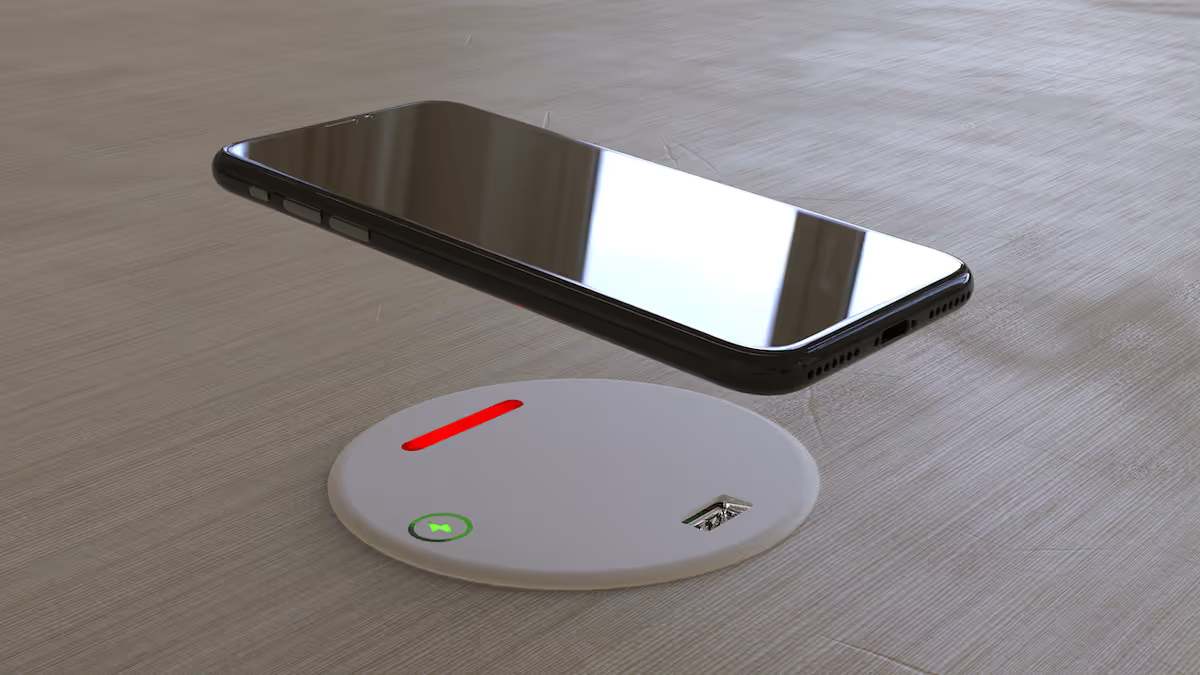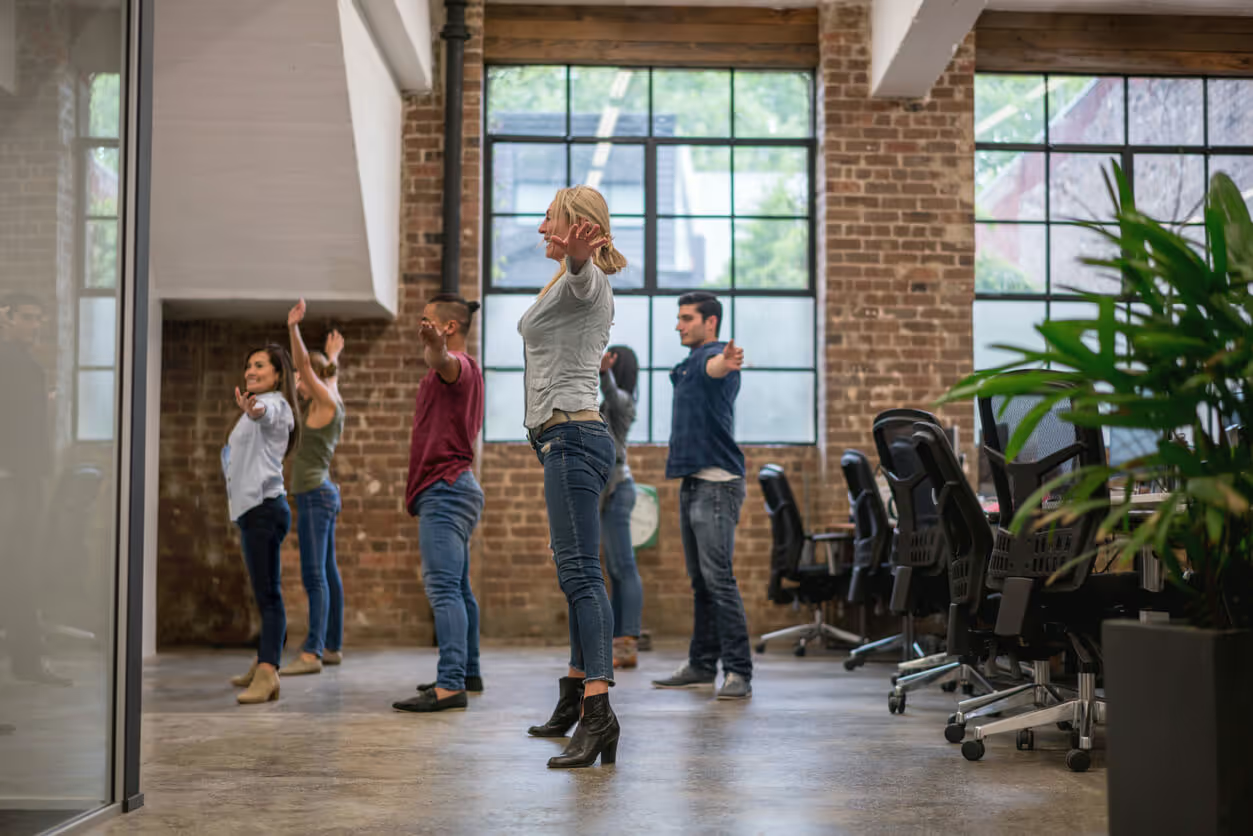How do you create an agile office space that your staff will love to work in?
The pressure for businesses to move to open plan work spaces in order to reduce the cost of commercial leasing is rapidly increasing. The downside of this trend is that a greater number of people working in an open plan work space can be disruptive to productivity.
To get the balance right, a work place needs to create spaces that are actually enjoyable to work in. We discuss the solutions with SmartSpace General Manager James Dodunski in this article.
Open plan spaces have been shown to increase staff interaction, communal activity, and collaboration, while agile workspaces allow staff to work how and where they want.
If they are designed well, these spaces also can result in considerable financial gain for your business. Opening up floor space and smartly incorporating work zones can mean fitting more staff in one area, lowering your overhead costs per-head.
But more people in a workplace can also result in noisy, distracting offices that make it hard for staff to focus. This means lowered productivity and heightened stress levels and, if the space isn’t used correctly, financial losses for your business.
Many innovative businesses are now creating employee-friendly solutions for open-plan work spaces. This not only reduces costs per square metre per person but creates an environment that staff love to work in.
So, what does this all mean for the workplace of the future?
Smarter office furniture
We spoke to General Manager James Dodunski about how to tackle these problems with a range of smart technology and furniture solutions.
““Luckily, with the right technology and fit-out, you can mitigate against noise and disruption in the agile workplace.’
“A great start is to make sure you have the right office furniture in the right place. Whether your office is completely agile or, like many of our clients, part-agile, designating different spaces for different types of work will help allow for the right balance of collaboration and individual focus.”
“Break-out zones created with soft furnishings are perfect for informal meetings or just simply relaxing. Creating these spaces can be as easy as moving around the chairs and couches your office already has.’
“For more intimate, private, or noisy meetings, booths are a better way to go. The Apus Media booth is an ‘instant space’ consisting of a collaboration table surrounded by ergonomic seating and partitions, both upholstered in advanced audio-absorbing materials. Sound created inside the booth remains inside, while external noise is kept out. This is perfect for impromptu and more formal meetings – especially if existing meeting rooms are taken – or for team catch-ups and briefings.”
“For staff who need to focus, you can designate the old-style cubicle booth area a quiet zone. And, if more privacy is required for sensitive phone or video calls, phone booths such as the Timeout Talk provide quiet isolation.”
“These simple solutions and small additions can make a world of difference to the success of an open and agile work space. However, if you require a full re-fit, we highly recommend calling on a specialist to ensure the balance and flow is right and that you are getting the most out of your floorspace.”
Smarter management of office space and personnel
“When you’re making the switch to an agile workforce, it can be challenging to predict how many employees will choose to work remotely and when, or, for employees using the office, which workstations will prove to be most popular. You need to know this information to ensure you provide the best work environment for your staff and utilise your space efficiently.”

Floorsense is a discreet device that uses heatmaps and sensors to provide real-time information on workspace utilisation. Simply put, these little sensors will tell you if there are enough (or too many) desks, which workstations are preferred, and what percentage of staff are in the office. From there you can make an informed decision on whether or not your office fit-out needs a review.
Another issue that comes with agile working and unassigned workstations (or ‘hot-desking’) is the inevitable competition to get the ‘best’ workstation. The first-in-first-served approach disadvantages parents and those who simply cannot come into work earlier, and may create resentment.
Floorsight takes Floorsense to the next level, linking to an app that staff can use to remotely reserve workstations. The workstation’s availability is then signalled by a coloured light above the desk. This light can also be changed to show if an employee would prefer to not be interrupted – it’s a simple yet effective way to eradicate several workplace stressors. Floorsense can also track invoice-able time and productivity for individual staff members.
Employee wellbeing
Employee health and happiness is an issue attracting more attention than ever. Increased workloads and screen time, lack of physical exercise, and other external pressures can contribute to both physical and mental illness among staff. In a business sense, unhappy staff are unproductive staff. In a not-so-business sense, it’s hard to see your colleagues struggle.
We already know some of the ways we can support employee wellbeing. Exercise, nature, a sense of security, and community have long been proven to help promote mental health.

The workplace of the future looks for more ways of incorporating these things into our daily work lives. Utilising furniture to decrease sound and distractions is a great way to lower stress levels. Other options such as sit-to-stand desks that promote physical activity, and plant walls that clean pollutants from the air, have been around for some time, and their positive effect on mental health is well known. The future sees further advancement in these solutions: for example, sit-to-stand desks can now be adjusted electronically rather than manually, making them easier to use.
In the modern workspace, our tools are now laptops and smart devices. Staff need to know for their peace of mind that these precious belongings are secure, and flexible seating arrangements require flexible storage solutions. SmartaLock allows you to have assigned lockers, or you can have unassigned lockers that staff can book remotely through an app. Staff can choose a locker close to wherever they’re working that day, and use their phone or swipe card to access it.
There are many ways to prepare your office for the future, but we believe these tips are the best place to start. If you’d like to know more about future-proofing your workspace, or about any of the products mentioned in the article, you can call or email SmartSpace here.


.svg)

.svg)


